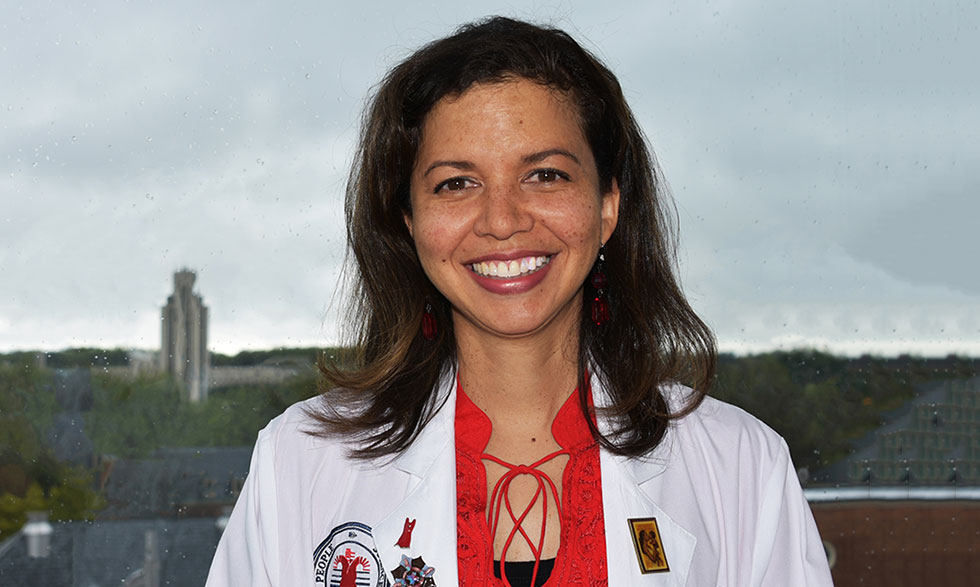
Sickle cell disease (SCD) specialists have performed bone marrow transplants in children since the 1990s. This procedure is the only cure for SCD to date.
NIH MedlinePlus magazine spoke with Courtney Fitzhugh, M.D., a Lasker Clinical Research Scholar at the National Heart, Lung, and Blood Institute, about the current and future outlook for this important treatment.
What NIH-supported SCD research are you working on?
Since the 1990s, to do a bone marrow transplant, a patient had to have a sibling with a complete tissue match and take a medication that suppresses their immune system (Cyclophosphamide), as well as high dose chemotherapy.
This has been highly successful in children. The problem is, most adults can’t tolerate high doses of chemotherapy because their organs are already damaged and they don’t have a sibling with an exact tissue match.
My research involves giving medications to suppress the immune system in adults. We are trying to create a state where instead of completely replacing bone marrow with that of their donors, we are creating a mixture of donor and patient cells because we now know that as low as 20% donor cells is enough to reverse sickle cell disease.
If we use a donor who is half-matched, we can increase the chance that a patient will have a suitable donor from 10% to 90%. Parents and children can be a half-match.
What prompted you to do this research?
About 95% of children can be cured if they have a sibling with a complete tissue match. Adults with a sibling who have a tissue match can also survive with immune suppression medication. I wanted to develop a way to have half-match donors contribute bone marrow and for the outcomes to be successful.
What challenges do you face when researching SCD?
We had a lot of patients referred to us that we couldn’t help because they didn’t have a donor who was a tissue match. Then when we developed a half-matched protocol, half of the patients eventually rejected the cells, and the disease came back. So I wrote a new protocol in 2017 which has been much more successful so far.
What types of changes are you seeing?
Bone marrow transplants are not working in 100% of patients. I want to make changes to make them more successful. Also, I’d like to figure out why a transplant works in some patients rather than others and also focus our approach instead of generally suppressing the whole immune system.
I’m hoping our research can go beyond sickle cell disease to have a bigger impact.
What advice do you have for people with SCD?
Keep an open mind about new opportunities that are available. There are a lot of resources for care and treatment. Also, talk to your doctor and join a clinical trial in your area.
There’s a lot of hope. It’s an exciting time for sickle cell disease research. Not everyone can get a bone marrow transplant. However, there are a lot of studies, drug trials, and therapies. It’s a different time now—it’s a better time.
